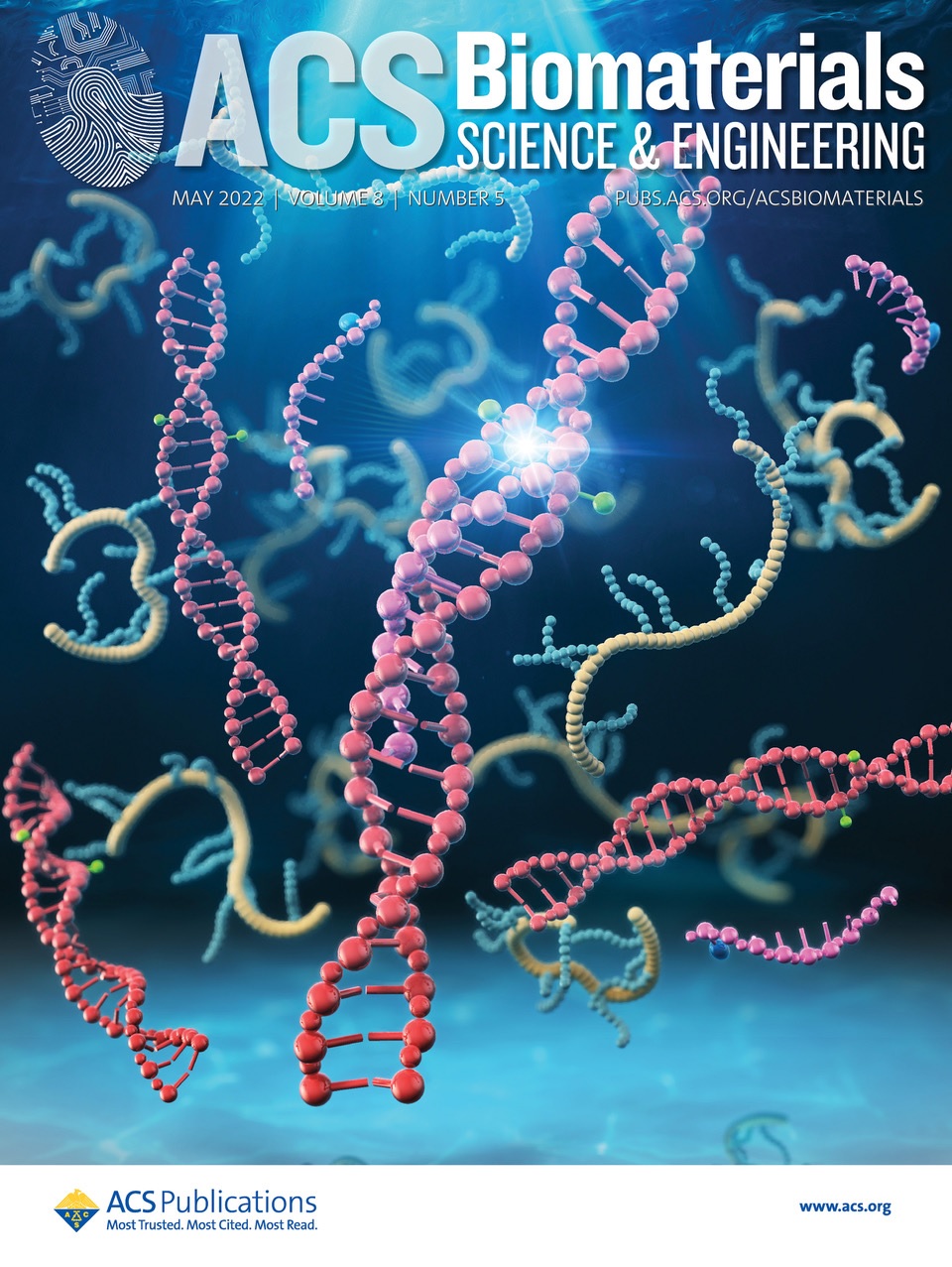1179 Navigating the AI Landscape: Surveying the Use of AI Language Tools for Medical Portfolios
IF 5.5
2区 医学
Q2 MATERIALS SCIENCE, BIOMATERIALS
引用次数: 0
Abstract
Recent advances in artificial intelligence (AI) driven natural language processing have made it possible to use tools such as ChatGPT to generate pieces of text which are realistic, eloquent, and challenging to distinguish from human-generated content. This work aims to answer the question: could the use of these tools for medical portfolios represent a positive opportunity to enhance learning, or would it detract from the purpose of reflective practice? In total, 98 post-graduate doctors from across the UK were surveyed to gather data on their awareness of, previous use of, disclosure of use and experience with these tools for their professional portfolios. Their opinions on the need for future guidance in this area were also explored. From 90 respondents who currently maintain a professional portfolio, 18 (20%) had used AI-driven tools in some form to generate content for it and none disclosed this use. Regarding disclosing the use of AI-driven tools, 67.3% advocate for this whereas 32.7% believe disclosure is unnecessary. There was slightly stronger consensus regarding how useful guidance from regulatory bodies on this practice would be, with 73.5% in support of guidance and 26.5% in opposition. Clearly, there is an urgent need for larger studies, discussion, and consensus from regulatory bodies so that guidance can be put in place. Without this, maintaining the integrity of CPD will become challenging for both trainee doctors and assessors of medical portfolios.1179 领航人工智能:调查医疗组合中人工智能语言工具的使用情况
人工智能(AI)驱动的自然语言处理技术的最新进展使得使用 ChatGPT 等工具生成逼真、雄辩且难以与人工生成内容区分的文本成为可能。这项工作旨在回答这样一个问题:在医学作品集中使用这些工具是否能为加强学习提供积极的机会,还是会偏离反思性实践的目的? 我们共调查了来自英国各地的 98 名研究生医生,收集了他们对这些工具的认识、以前的使用情况、披露的使用情况以及在专业作品集中使用这些工具的经验。此外,还探讨了他们对未来该领域指导需求的看法。 在目前拥有专业作品集的 90 位受访者中,有 18 位(20%)曾以某种形式使用过人工智能驱动的工具来生成作品集内容,但没有人披露过使用情况。关于披露人工智能驱动工具的使用情况,67.3%的受访者主张披露,32.7%的受访者认为没有必要披露。对于监管机构就这一做法提供指导有多大作用,73.5% 的人表示支持,26.5% 的人表示反对,共识略有加强。 显然,迫切需要监管机构开展更大规模的研究、讨论并达成共识,以便制定指导意见。否则,无论是对受训医生还是对医疗档案的评估者而言,保持继续医学教育的完整性都将面临挑战。
本文章由计算机程序翻译,如有差异,请以英文原文为准。
求助全文
约1分钟内获得全文
求助全文
来源期刊

ACS Biomaterials Science & Engineering
Materials Science-Biomaterials
CiteScore
10.30
自引率
3.40%
发文量
413
期刊介绍:
ACS Biomaterials Science & Engineering is the leading journal in the field of biomaterials, serving as an international forum for publishing cutting-edge research and innovative ideas on a broad range of topics:
Applications and Health – implantable tissues and devices, prosthesis, health risks, toxicology
Bio-interactions and Bio-compatibility – material-biology interactions, chemical/morphological/structural communication, mechanobiology, signaling and biological responses, immuno-engineering, calcification, coatings, corrosion and degradation of biomaterials and devices, biophysical regulation of cell functions
Characterization, Synthesis, and Modification – new biomaterials, bioinspired and biomimetic approaches to biomaterials, exploiting structural hierarchy and architectural control, combinatorial strategies for biomaterials discovery, genetic biomaterials design, synthetic biology, new composite systems, bionics, polymer synthesis
Controlled Release and Delivery Systems – biomaterial-based drug and gene delivery, bio-responsive delivery of regulatory molecules, pharmaceutical engineering
Healthcare Advances – clinical translation, regulatory issues, patient safety, emerging trends
Imaging and Diagnostics – imaging agents and probes, theranostics, biosensors, monitoring
Manufacturing and Technology – 3D printing, inks, organ-on-a-chip, bioreactor/perfusion systems, microdevices, BioMEMS, optics and electronics interfaces with biomaterials, systems integration
Modeling and Informatics Tools – scaling methods to guide biomaterial design, predictive algorithms for structure-function, biomechanics, integrating bioinformatics with biomaterials discovery, metabolomics in the context of biomaterials
Tissue Engineering and Regenerative Medicine – basic and applied studies, cell therapies, scaffolds, vascularization, bioartificial organs, transplantation and functionality, cellular agriculture
 求助内容:
求助内容: 应助结果提醒方式:
应助结果提醒方式:


